All of us expect to have our pets well into their senior years – it comes with being a pet owner. For a lot of pets, just like people, an inevitable part of ageing is stiff joints and the dreaded ‘a’ word: arthritis. But slowing down and stiffness in old age doesn’t mean that your pet has to suffer. There are lots of things you can do to keep your pet comfortable and active throughout their golden years.
We’ve put together our top tips for taking care of your four-legged friend’s joints as they get older.
Learn the signs
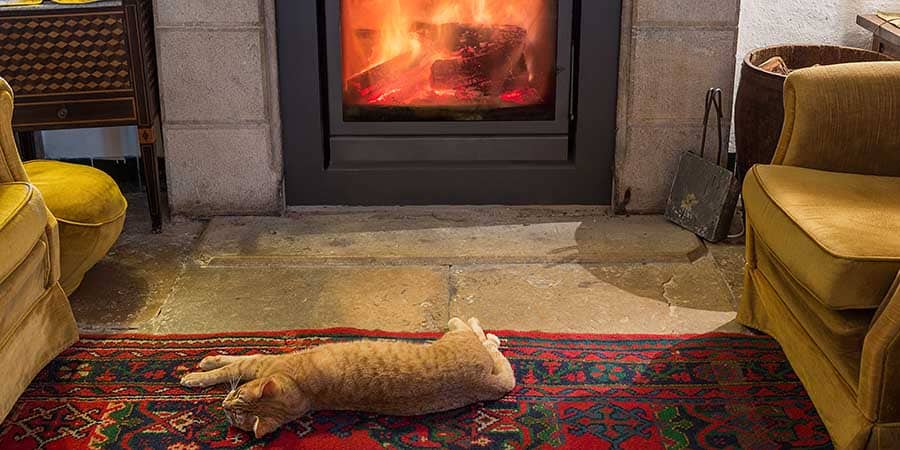
Knowing the signs that your pet’s joints are starting to get stiffer is really important in taking care of them. Some common signs are:
- Limping
- Walking slower than usual
- Not using the stairs or steps, or jumping up on the sofa
- Swollen joints.
Remember- arthritis can be painful but there are lots of ways you can help your pet, so if you’re noticing changes it’s important to get them checked. You can find out more about limping and stiffness in dogs or limping and stiffness in cats on our Hub.
Get a check-up
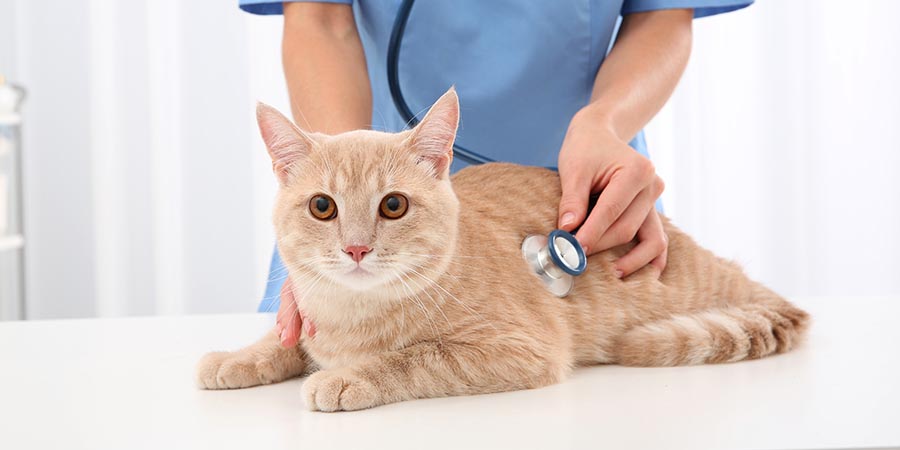
Obviously, there are loads of reasons your pet could be slowing down other than getting stiff joints, so it’s always best to go and see your vet first.
If your vet finds that your pet’s stiffness is due to aging joints and arthritis, then they’ll be able to give you lots of advice on how to help your pet and discuss what treatments and other management you can do to help keep them comfortable.
Try supplements
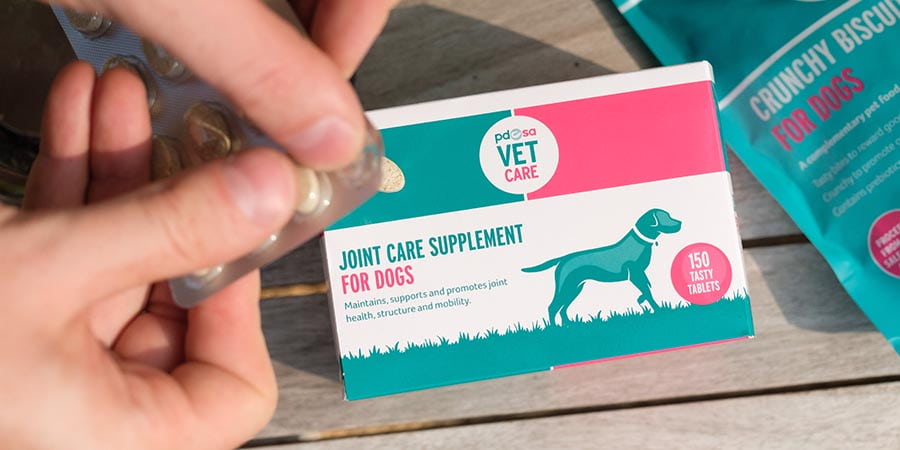
If your pet’s joints are starting to get stiff, supplements might help. They contain ingredients that may help soothe stiff joints as well as keeping joints healthy.
Your vet will be able to recommend the best product for your pet, or take a look at PDSA’s own joint supplements for dogs and supplements for cats.
Don’t stop exercising
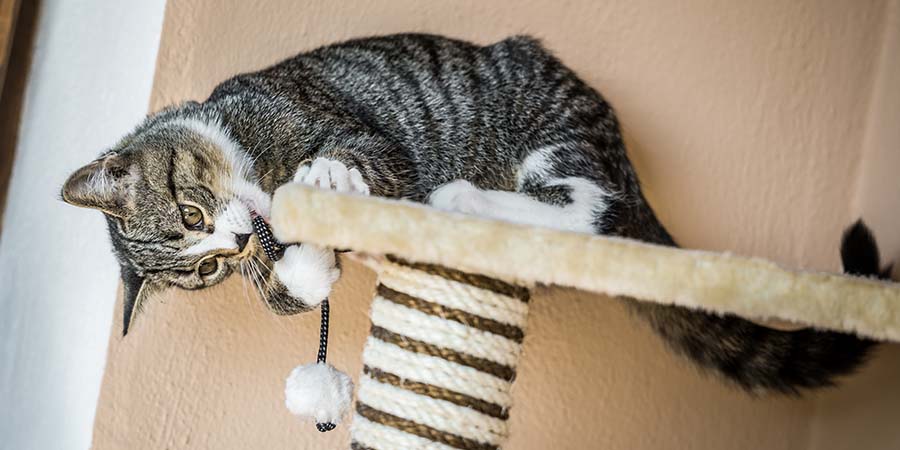
If your pet is slowing down, it might be tempting to just give in and let them become a bit of a couch potato, but this won’t help their joints!
The less your pet uses their joints, the stiffer they’ll get. It can be a case of use it or lose it! You might have to change your exercise routine a little (shorter but more frequent walks or shorter play sessions) but try to avoid stopping altogether.
For dogs, you might find alternative exercise for them that doesn’t put as much pressure on their joints but still keeps them moving, like swimming. Find out more about exercising senior dogs.
Keep them slim
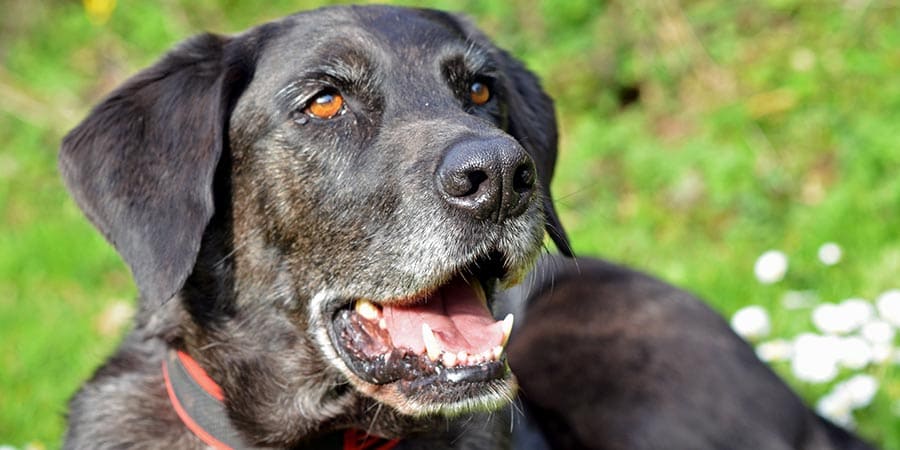
A podgy pet means more pressure on their joints, so if you want to look after your pet’s joints one of the best things you can do is keep them a healthy weight. Remember to feed them the right amount and make sure they stay active.
The right food
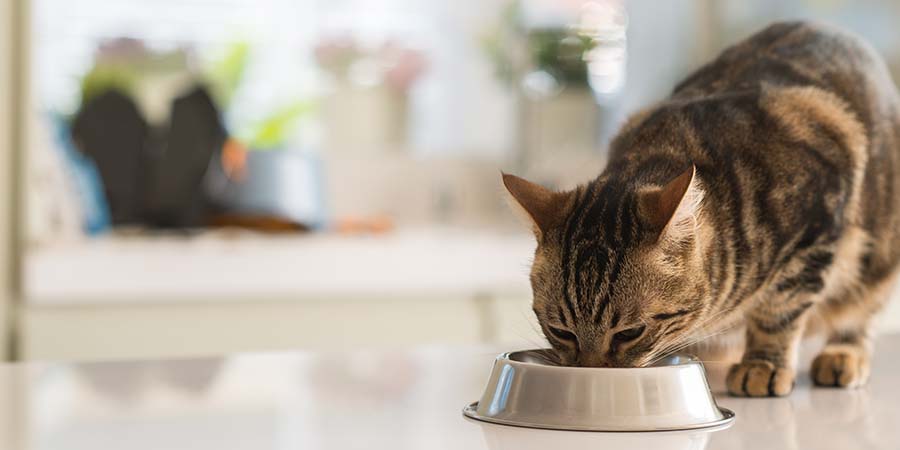
As our pets get older, their needs change and this applies to their food as well. Whether you have a dog or cat, always feed them the right complete diet for their age to make sure they’re getting all the nutrients they need.
You can read more about what to feed your dog and what to feed your cat in our free guides.
Make sure they’re comfy
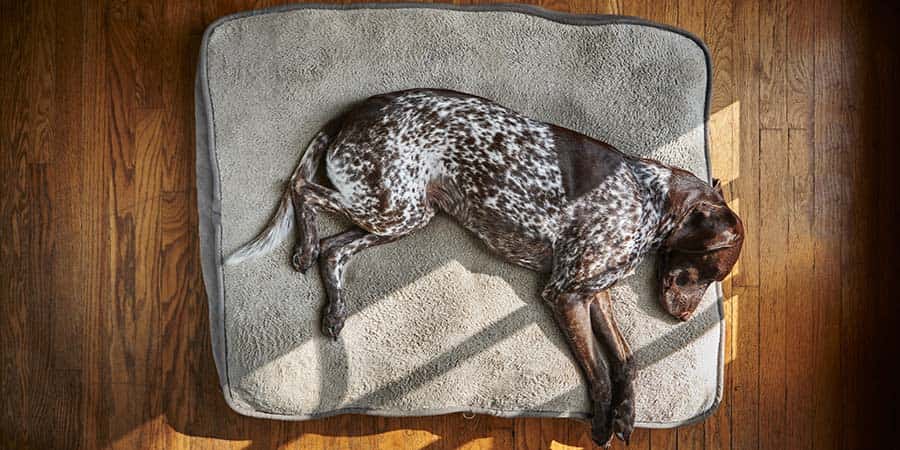
Yes, you need to keep your pet active, but when they do come to getting some down time hard floors and the cold can be painful for older joints and could even lead to sores! Make sure you have a warm, cosy space for your pet to snuggle up with a soft, padded bed or some blankets to lie on.
You can also buy special orthopaedic beds for pets that help take pressure off their joints when they’re lying down.
Make their life easier
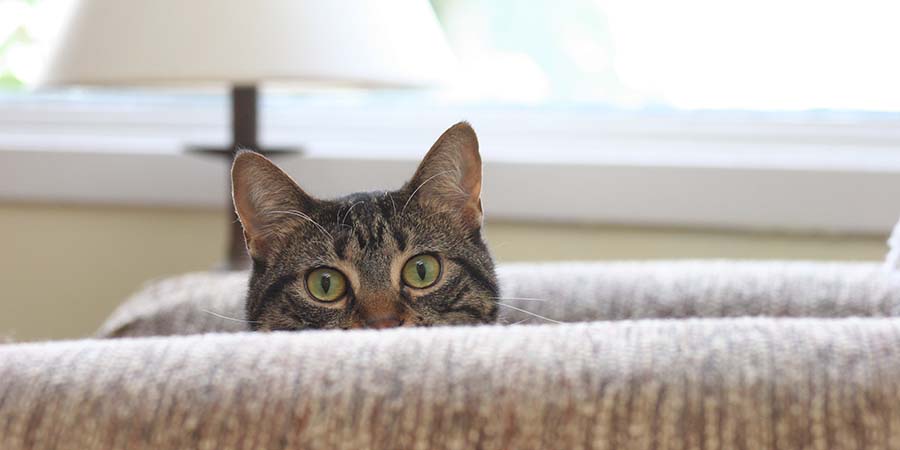
There are a few changes you can make around the house to make life easier for your older pet:
- Floors. It’s a good idea to think about your flooring – laminate and tiled flooring tends to be slippery so can make it more difficult for your pet to get up and walk around. You could consider putting down non-slip rugs or carpet runners. Alternatively, try to keep your pet in parts of the house that have carpets.
- Trips to the toilet. Remember that older pets can sometimes struggle to hold their toileting for as long as they did when they were younger. Give them lots of opportunities to go outside and consider having at least two indoor litter trays for your cat even if they normally only go outside.
- Getting up and down. Furniture can be a problem too – lots of older pets struggle with things that used to be a breeze, so watch them as they move round the house and if they’re having difficulty you can step in. For example, use small steps to help them get on and off furniture, stop them from accessing high shelves or put cushions on the floor near furniture or windowsills in case of a fall.
- Stairs. Stairs can also be challenging for some older pets so think about how you could help especially if they usually sleep upstairs. You may need to consider putting in stair gates so you can be there to help them get up and down when they need to or think about moving their bed downstairs.
If your pet has arthritis, you can read more information on arthritis in dogs or arthritis in cats on our free Pet Health Hub.
